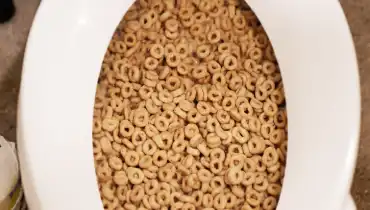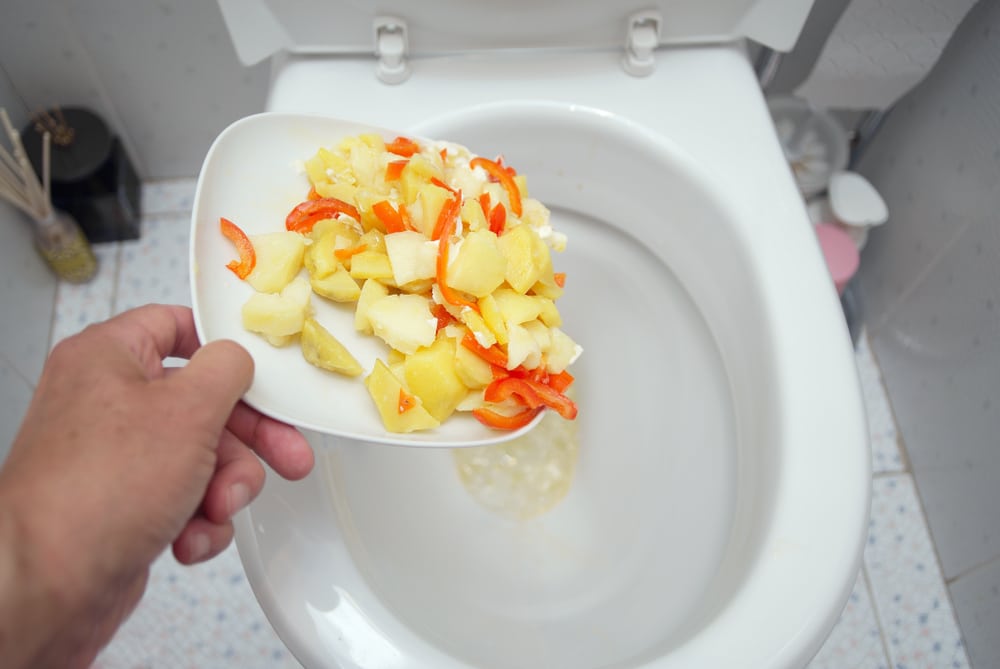Can One to Flush Food in the Toilet?
Can One to Flush Food in the Toilet?
Blog Article
We've found this great article relating to Think Twice Before Flushing Food Down Your Toilet below on the internet and felt it made perfect sense to discuss it with you on my blog.

Introduction
Lots of people are frequently confronted with the problem of what to do with food waste, particularly when it pertains to leftovers or scraps. One common concern that occurs is whether it's okay to flush food down the commode. In this post, we'll explore the reasons why people may take into consideration purging food, the effects of doing so, and different methods for appropriate disposal.
Reasons individuals might consider flushing food
Absence of awareness
Some people may not know the potential injury triggered by flushing food down the bathroom. They may wrongly believe that it's a harmless method.
Benefit
Purging food down the toilet might look like a quick and simple service to getting rid of unwanted scraps, specifically when there's no close-by trash bin readily available.
Laziness
In some cases, individuals might merely pick to flush food out of sheer laziness, without thinking about the effects of their actions.
Consequences of flushing food down the toilet
Ecological impact
Food waste that ends up in waterways can add to pollution and harm aquatic communities. Additionally, the water used to flush food can strain water sources.
Pipes problems
Flushing food can lead to stopped up pipes and drains, causing expensive plumbing repair work and troubles.
Kinds of food that must not be flushed
Fibrous foods
Foods with fibrous appearances such as celery or corn husks can obtain tangled in pipes and trigger blockages.
Starchy foods
Starchy foods like pasta and rice can soak up water and swell, bring about clogs in pipelines.
Oils and fats
Greasy foods like bacon or cooking oils need to never ever be purged down the toilet as they can strengthen and create clogs.
Appropriate disposal techniques for food waste
Utilizing a garbage disposal
For homes furnished with garbage disposals, food scraps can be ground up and purged with the pipes system. Nevertheless, not all foods are suitable for disposal in this manner.
Recycling
Certain food product packaging materials can be recycled, reducing waste and decreasing ecological impact.
Composting
Composting is an eco-friendly method to deal with food waste. Organic materials can be composted and made use of to enrich dirt for horticulture.
The value of appropriate waste administration
Minimizing ecological injury
Correct waste administration techniques, such as composting and recycling, aid decrease contamination and maintain natural resources for future generations.
Protecting pipes systems
By staying clear of the practice of flushing food down the bathroom, house owners can avoid pricey plumbing repair services and maintain the stability of their pipes systems.
Final thought
To conclude, while it might be tempting to flush food down the commode for benefit, it is necessary to recognize the potential consequences of this action. By taking on proper waste monitoring practices and dealing with food waste properly, people can add to much healthier plumbing systems and a cleaner environment for all.
FLUSH FOOD DOWN THE TOILET?
FLUSHING FOOD CAN CAUSE BLOCKED DRAINS IN YOUR HOME
All of the plumbing fixtures in your home are connected to the same sewer pipe outside of your home. This outdoor sewer pipe is responsible for transporting all the wastewater from your home to the Council sewer mains. Even small pieces of food that go down the kitchen sink can cause problems for your sewer. It should therefore be obvious that flushing larger bits of food, such as meat, risks a clog in either the toilet itself or the sewer pipes. Flushing greasy food is even more problematic because oil coagulates when it cools, coating the interior lining of your pipes.
THE TOILET IS NOT A BIN
Food isn’t the only thing that people shouldn’t be flushing down the toilet. People use the toilet to dispose of all kinds of things such as tampons, makeup wipes, dental floss, kitty litter and even underwear. Water goes to great lengths to educate residents about the high costs and stress placed on wastewater treatment systems simply from people flushing the wrong stuff down the toilet. It costs taxpayers millions of dollars each year, and homeowners thousands in blocked drain repairs.
FLUSHING FOOD IS A WASTE OF WATER
Flushing food is a waste of our most precious resource - water. In June this year Level 1 water restrictions were introduced to protect water supply from drought conditions. Much of New South Wales continues to be affected by prolonged drought with recent figures revealing up to 97 per cent of the state remains in drought. Depending on whether you have a single or dual flush toilet, every single flush uses between five and 11 litres of water. In the current climate this is a huge amount of water to be wasting on flushing food that should be placed in the bin (or better yet, the compost).
https://www.jabplumbingsolutions.com.au/blog/can-you-flush-food-down-the-toilet

As a passionate reader on Is it safe to flush food (especially rice) down the toilet?, I think sharing that chunk was sensible. Those who appreciated our post if you please be sure to share it. Kudos for your time. Come back soon.
Schedule Report this page